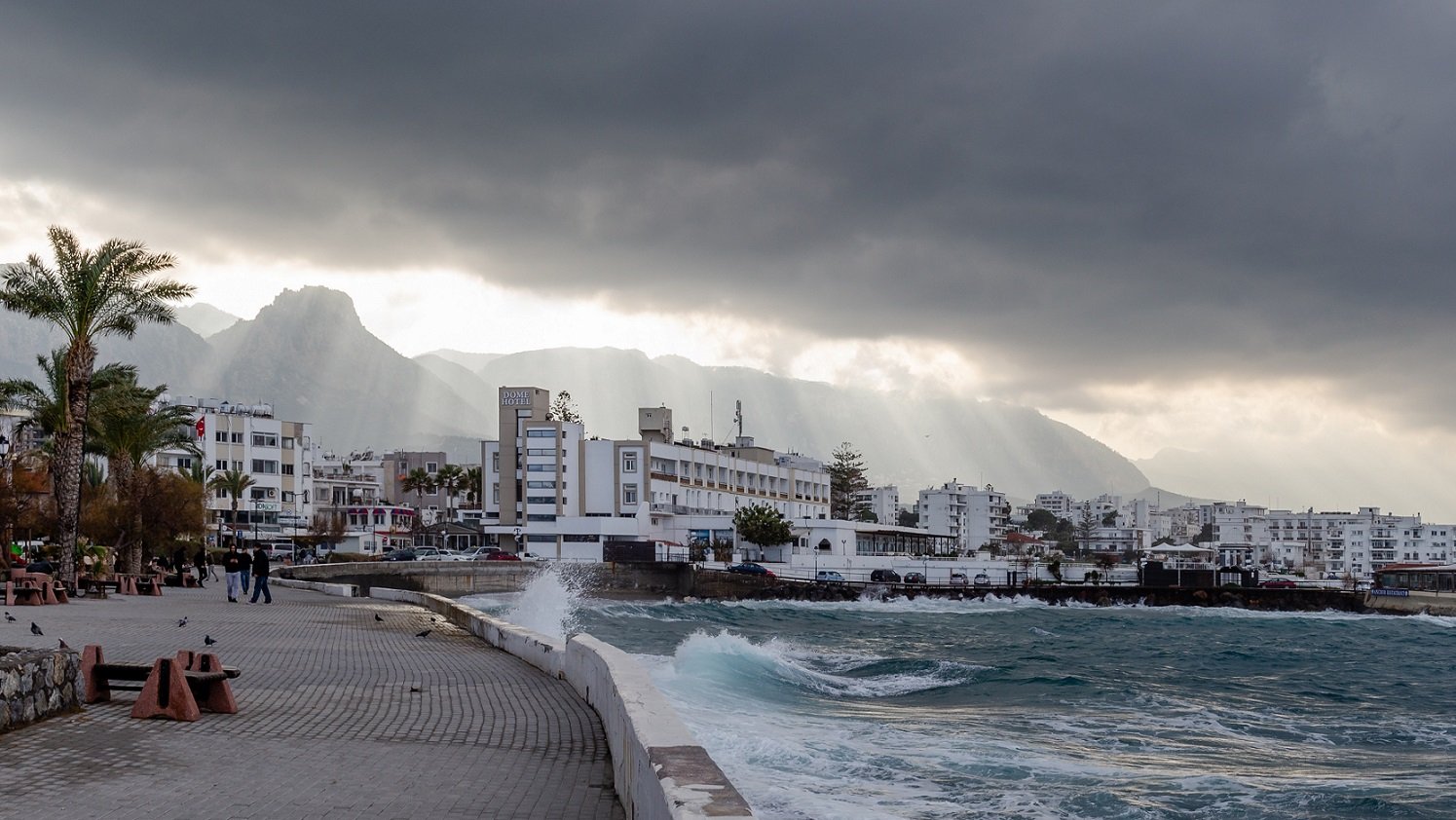This article discusses tradeoffs posed by stratospheric geoengineering, a technology that may be able to reduce harms of global warming but could create the risk of even more severe forms of climate change.
The article begins as follows:
Exactly 200 years ago, Indonesia’s Mount Tambora volcano erupted, spewing particles into the atmosphere. The particles blocked incoming sunlight, causing Earth’s surface to cool by about half a degree Celsius. The year after the explosion, 1816, became known as the Year Without a Summer. Crops failed and famine ensued, fueling disease outbreaks and some violence.
Many years later, scientists became aware that global temperatures were rising. They recognized that greenhouse gas emissions were a contributing factor, and that the phenomenon posed dangers to humanity and the planet. Thus far, though, humans have been unable to stop putting carbon dioxide into the atmosphere at a high rate.
Frustrated by society’s failure to reduce emissions, a growing community of experts began considering a technological fix inspired by volcanic cooling. It may be possible to intentionally place particles into the atmosphere, blocking sunlight as an eruption would, to offset the warming caused by greenhouse gas emissions. This untried technology is one form of geoengineering, which is the intentional manipulation of the global environment. Since this method involves injecting particles into the stratosphere—the second layer up in the atmosphere—it’s known as stratospheric geoengineering (or sometimes stratospheric aerosol geoengineering).
The remainder of the article is available in the Bulletin of Atomic Scientists.
Image credit: Michal Klajban
This blog post was published on 28 July 2020 as part of a website overhaul and backdated to reflect the time of the publication of the work referenced here.




